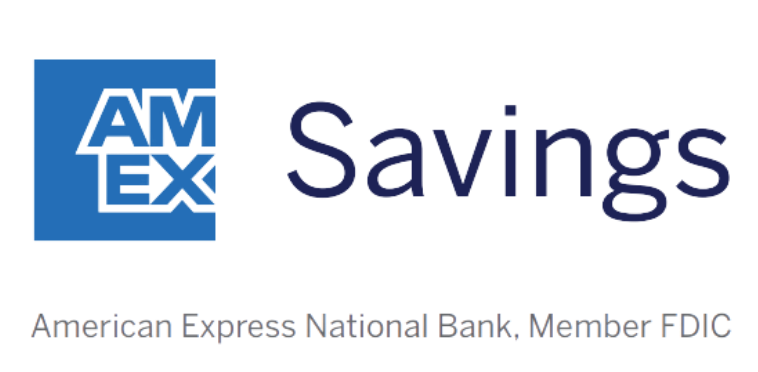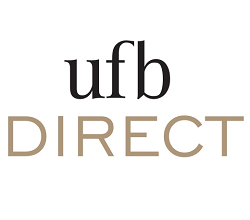Imagine you’re looking for a job, which hasn’t been easy. Rent is coming due, and you really need to pad your checking account to cover it.
Your cousin owns a small business, and although you’ve never entirely understood what his company does, you know he’s pretty successful. You’re relieved when he hires you as an assistant and tells you you’ll be one of several people carrying out basic, everyday tasks for the business.
The first job
The first job he gives you sounds odd but relatively harmless. Your cousin provides you with a small stack of fake IDs and wants you to set up bank accounts around town. You’re told to use your real ID for several accounts, then open others using the new IDs.
He gives you $5,000 in cash and instructs you to spread it around the accounts as they’re opened. For example, you may deposit $750 in one account, $250 in another, and so on. The point is to make each deposit seem unremarkable.
Our Picks for the Best High-Yield Savings Accounts of 2024
|
Capital One 360 Performance Savings 
APY 4.25%
|
APY 4.25%
|
Min. to earn $0 |
|
American Express® High Yield Savings 
APY 4.25%
|
APY 4.25%
|
Min. to earn $1 |
|
UFB Portfolio Savings Account 
APY 5.15%
|
APY 5.15%
|
Min. to earn $0 |
Periodically, you’re given more cash. Your only job is to spread it out among all your new bank accounts and to keep a careful record of how much money is deposited into each account. By the time you admit to yourself how fishy this entire operation feels, you’ve been arrested for money laundering and face the very real possibility of years behind bars.
And it’s all because of your cousin’s “smurfing” scheme.
What is smurfing?
Smurfing is a type of money laundering. While most people use banks as a safe place to grow their money, criminals consider banks another tool for laundering their ill-gotten gains. A criminal’s goal is to make it difficult for authorities to track money earned through illegal activity back to them — and that’s where smurfing comes in. Here’s how it works:
- A criminal enlists the help of a small group of individuals (“smurfs”) to open different bank accounts.
- At the same time, the criminal may set up multiple shell companies, which are fake businesses used to make the entire scheme harder to detect.
- Smurfs are given cash to spread around their accounts.
- As the smurfs do their thing, the criminal deposits money into the shell companies, which allows him to disguise the funds as legitimate business transactions.
- As the operation grows, the criminal begins the “layering” process to make it even more complex to trace the money back to him. He does this by hiring even more smurfs and spreading out where deposits are made.
- The smurfs are paid as promised, and their jobs are safe as long as they never tell anyone what they’re doing.
- In the background, the criminal finds other ways to clean the money. For example, he may use one of his shell companies to invest in real estate or purchase cryptocurrency. The larger the web he builds, the more challenging it is for authorities to track him down.
How are smurfs nabbed?
During the Nixon administration, Congress passed the Bank Secrecy Act to help law enforcement fight money laundering. Thanks to that law, banks and credit unions must report all cash transactions over $10,000 (including foreign currency transactions) to the Financial Crimes Enforcement Network (FinCEN). Banks can be fined or even shut down for failing to make a report.
To circumvent bank authorities, criminals often employ a technique called “structuring.” Structuring is the practice of making deposits and withdrawals less than $10,000. For example, a person who wants to deposit $12,000 may make a deposit of $4,000 one day, $3,000 a few days later, and another $5,000 the next week.
Of course, as long as a person makes legitimate deposits, there’s no reason to split up deposits or withdrawals to fall below the $10,000 threshold. According to the letter of the law, banks must use different methods to identify and prevent money laundering. Not only do bank employees pay attention to each transaction as it’s being made, but banks use transaction monitoring tools that help detect red flags.
Through the decades, banks have become more familiar with the techniques used by criminals to launder money and have developed tools sensitive enough to detect both structuring and smurfing patterns.
The cost to smurfs
For the low-level smurf, it’s a matter of living with a cloud over their heads, knowing they’ll likely be caught at any moment. No matter how sophisticated the criminal at the head of the organization appears to be, banks and the federal government have far more resources. Since 2001, law enforcement has become more concerned about money laundering that helps fund terrorist organizations, which raises the stakes for identifying and arresting smurfs.
When caught, the severity of the penalty primarily depends on which specific federal statute the smurf is charged under. A smurf’s penalty may be a fine or — depending on the amount of money laundered in a 12-month period — could land them in prison for up to 10 years.
The moral of the story is simple: If anyone ever asks you to open bank accounts for them, make a significant purchase using their cash, or otherwise hands you cash with clear instructions on what to do with it, walk away. Nothing they promise you is worth landing behind bars.
